According to statistics from the Telecommunications Department, up to now, there are only 143,000 2G Only subscribers who have not yet upgraded to 4G and these subscribers are locked in both directions.
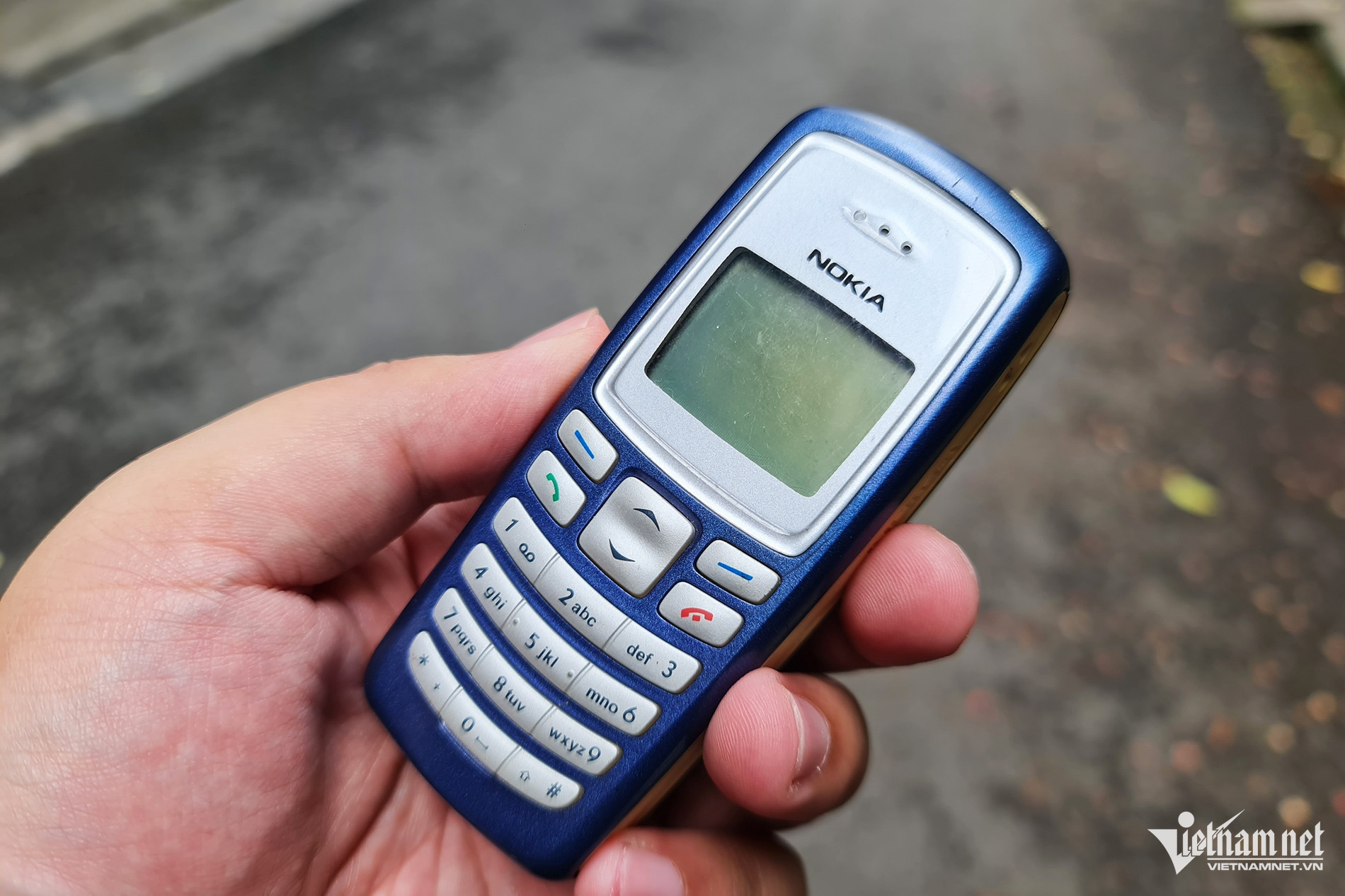
The Telecommunications Department (Ministry of Information and Communications) said that by the deadline of October 15, 2024, network operators still had 225,000 2G Only subscribers who had not yet upgraded to 4G. By October 16, 2024, 2G Only subscribers who had not upgraded to 4G had been locked in both directions. But currently, there are only 143,000 2G Only subscribers who have not upgraded to 4G and these subscribers are locked in both directions. The network operator with the largest number of 2G Only subscribers upgrading to 4G is Viettel, followed by VNPT and MobiFone.
A network operator shared with VietNamNet that most 2G Only subscribers have not converted because these are second SIM cards that are spare and customers no longer need to use them. Currently, network operators have launched a program to give free phones to 2G Only subscribers who switch to 4G.
According to statistics from the Telecommunications Department as of January 2024, network operators still have about 18.2 million 2G Only subscribers. After the Ministry of Information and Communications requested network operators to accelerate the process of turning off 2G waves and supporting terminals for customers, the number of customers switching to 4G has increased sharply.
According to Mr. Nguyen Phong Nha, Deputy Director of the Department of Telecommunications, “2G technology has been used for 30 years, many network devices have degraded quality, consume a lot of electricity, and are unstable, so replacement is inevitable when new technology is ready. This is the consensus and practical requirement of production and business”.
The Ministry of Information and Communications has also oriented users to proactively switch to using smartphones; mobile businesses develop plans and support users to switch; mobile terminal manufacturing and trading enterprises in the Vietnamese market change their business orientation... to achieve the common goal of turning off old technology waves, while contributing to achieving the goal of popularizing smartphones and accelerating the national digital transformation process.
Turning off 2G waves brings many benefits to people and businesses, while promoting digital society, digital economy and digital government.
Specifically, for people, turning off 2G waves will help them switch to using higher quality 4G and 5G broadband services. At the same time, this also contributes to completing the goal of "One smartphone per person", popularizing smartphones to all Vietnamese people of the Government.
For businesses, they will be able to remove old technology from the network, reduce operating costs, and also contribute to the development of green technology. On the current network, 2G technology consumes a lot of electricity; therefore, removing 2G is not only beneficial for businesses but also beneficial for society, towards green development.
As for the Government, turning off 2G waves will free up bandwidth for old technologies to switch to new technologies, bringing higher efficiency, while promoting digital society, digital economy and digital Government.
“Currently, 77 countries have plans to stop 2G and 3G technology, most of them by 2028, only two countries plan to stop by 2030. Of these, 37 countries have completely stopped 2G technology. This shows that our work together to build a policy to stop 2G technology in 2024, then turn off the entire network in 2026 and stop 3G in 2028 is in line with the world trend. For 2G users switching to 4G smartphones, this is an opportunity to experience new services, services that have never been used before. Users can access the internet and use the State's public administrative services from smartphone applications instead of going to websites. This is an opportunity for people to access digital services, gradually forming a digital society, with the goal of creating conditions for users to access new technologies,” said Mr. Nguyen Phong Nha.
Source: https://vietnamnet.vn/con-143-000-thue-bao-2g-only-dang-bi-khoa-2-chieu-vi-chua-chuyen-len-4g-2344271.html








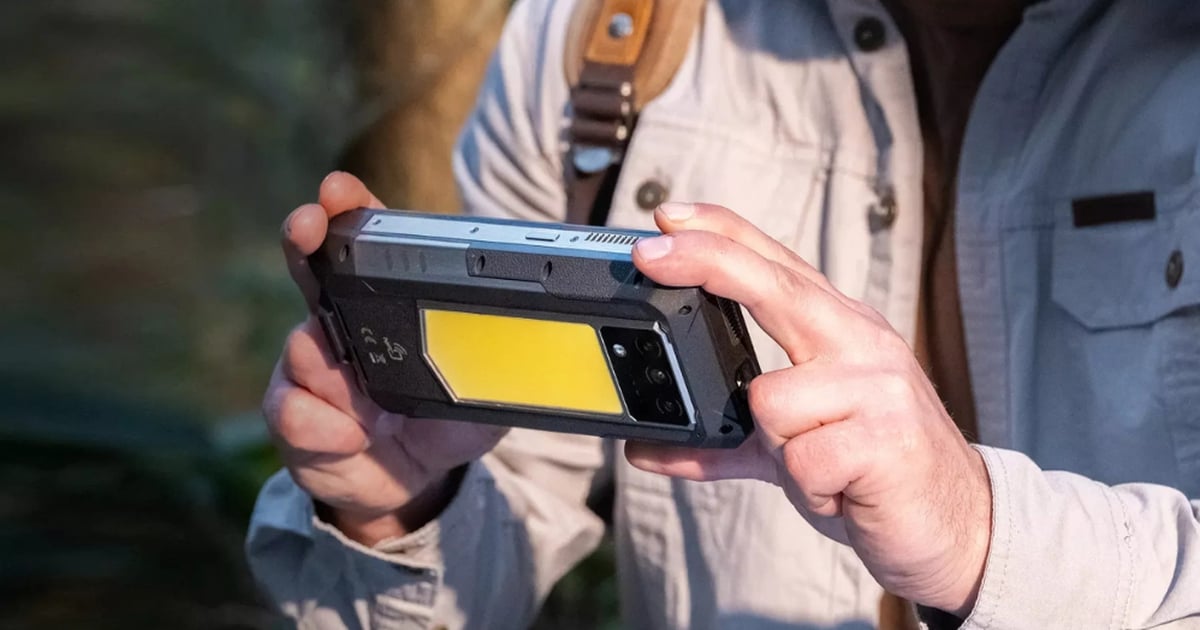



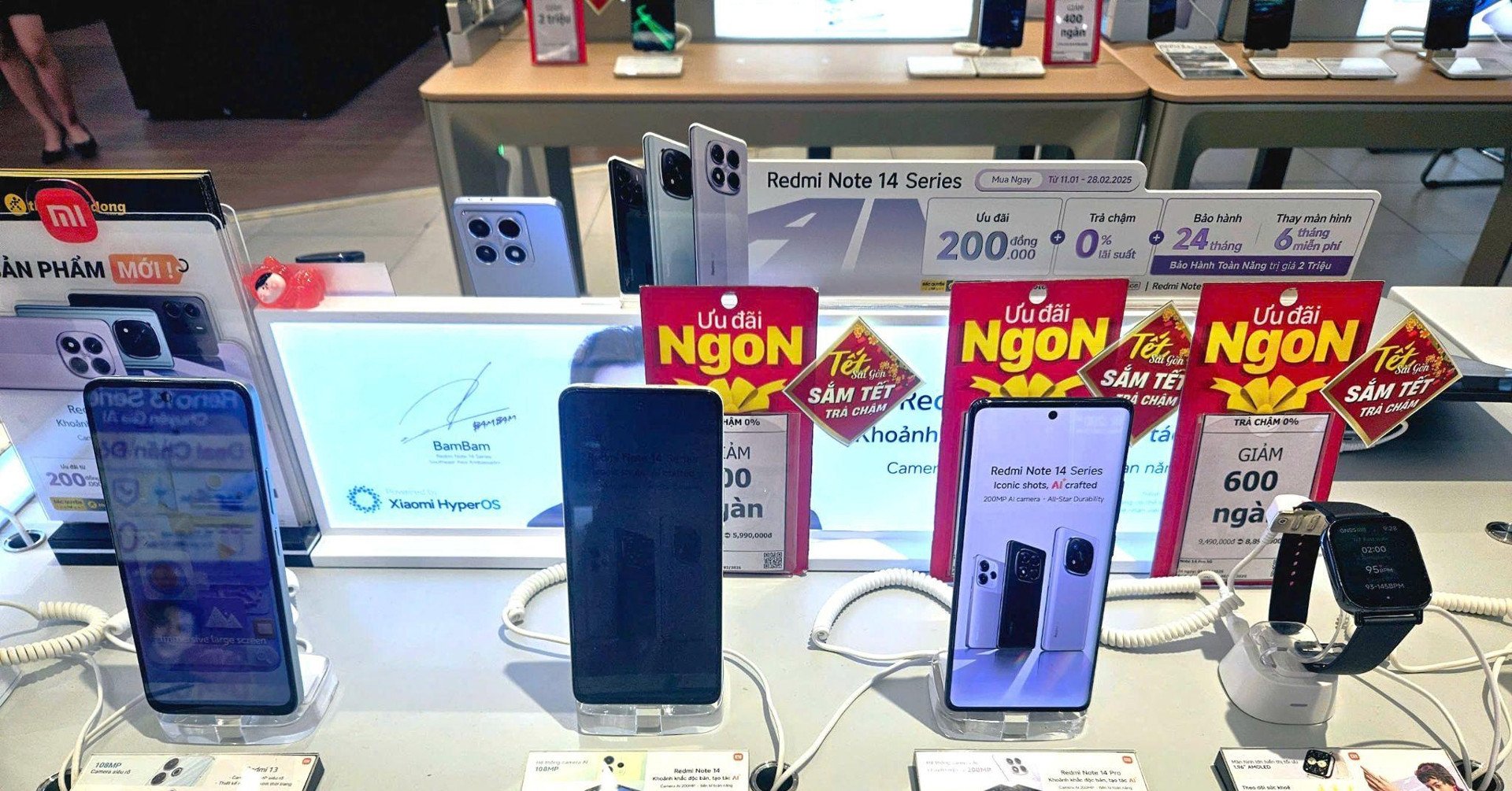
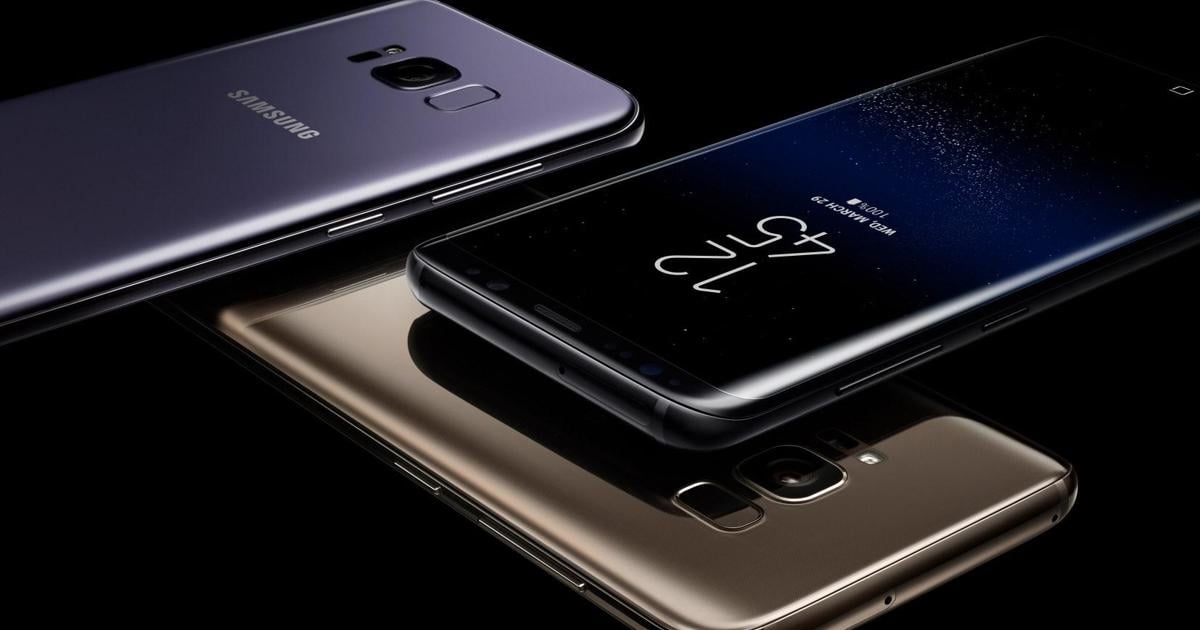

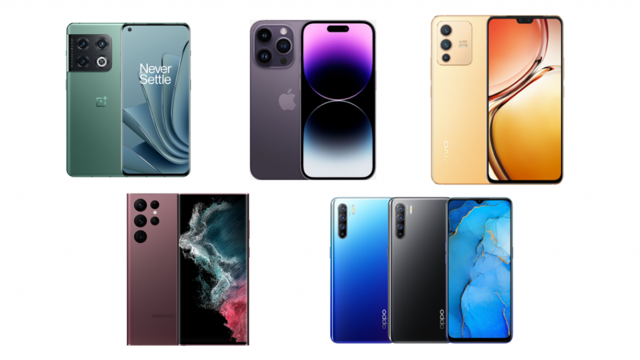


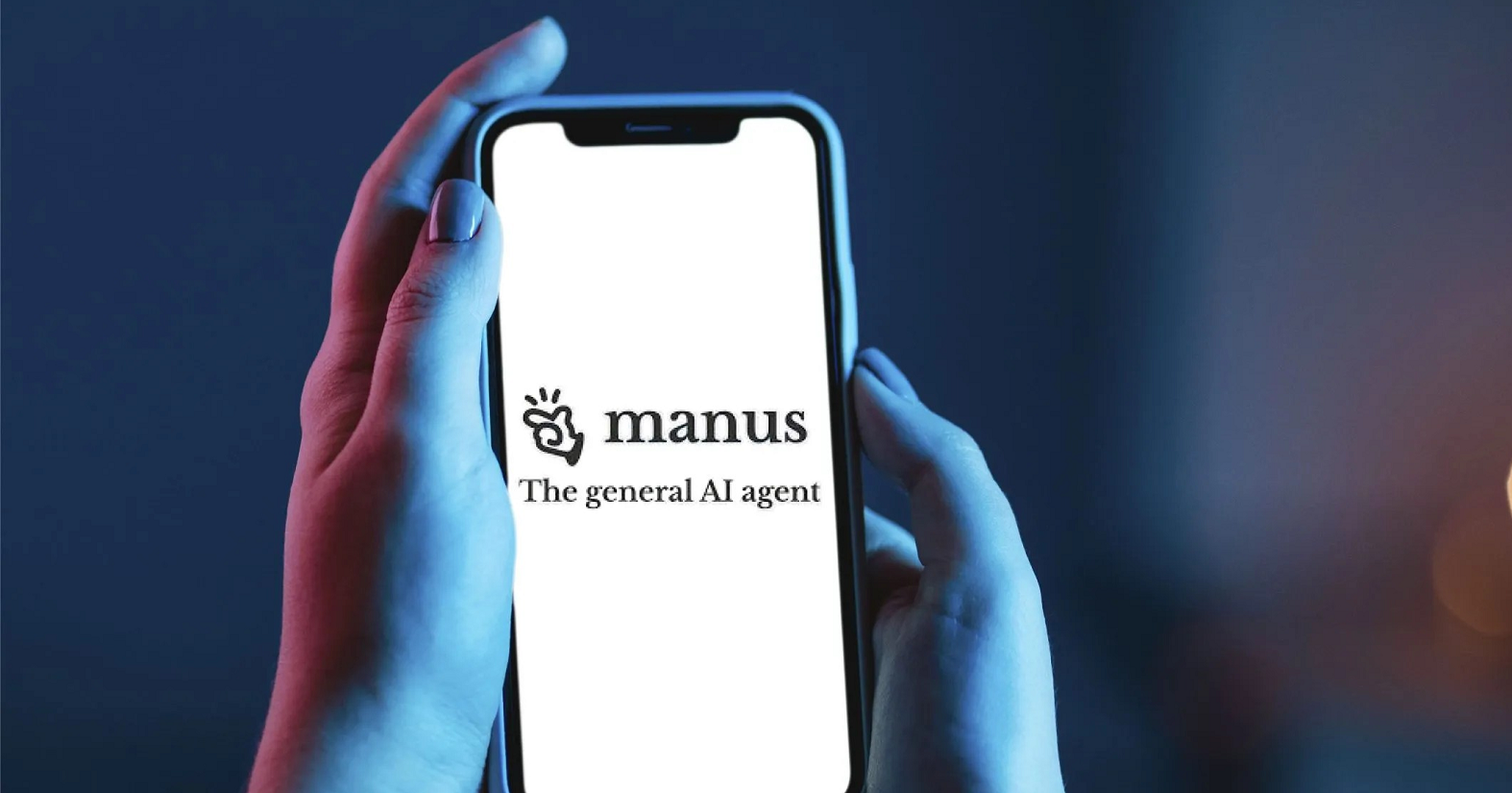
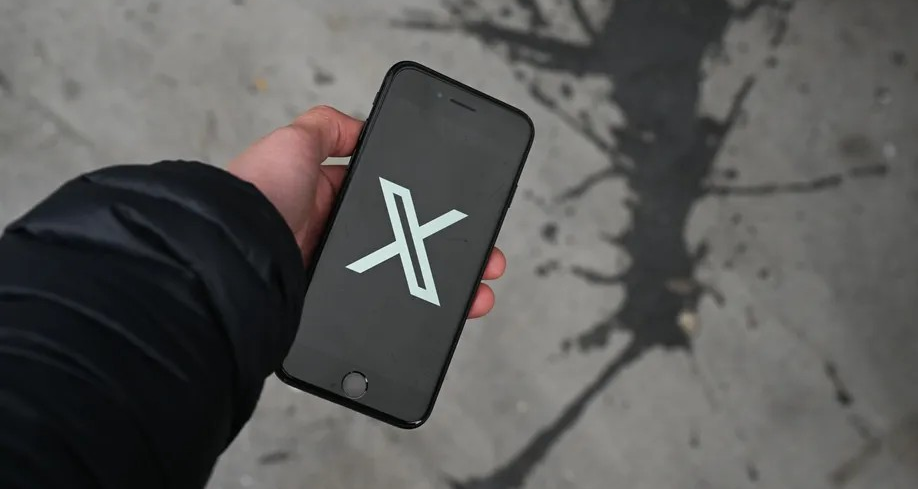



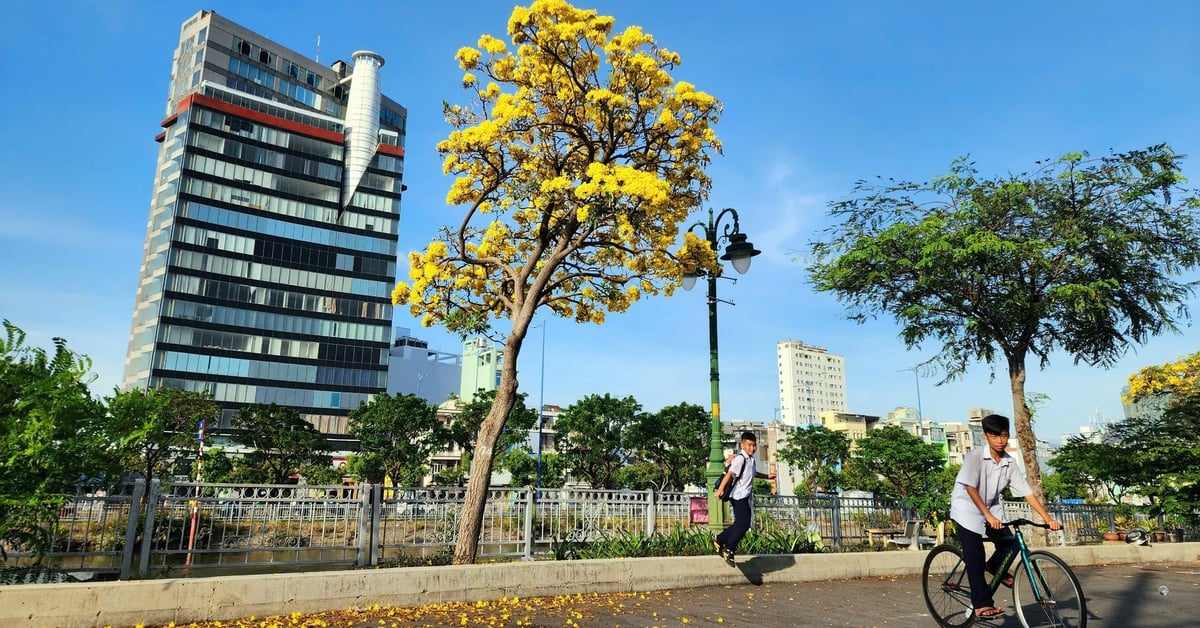

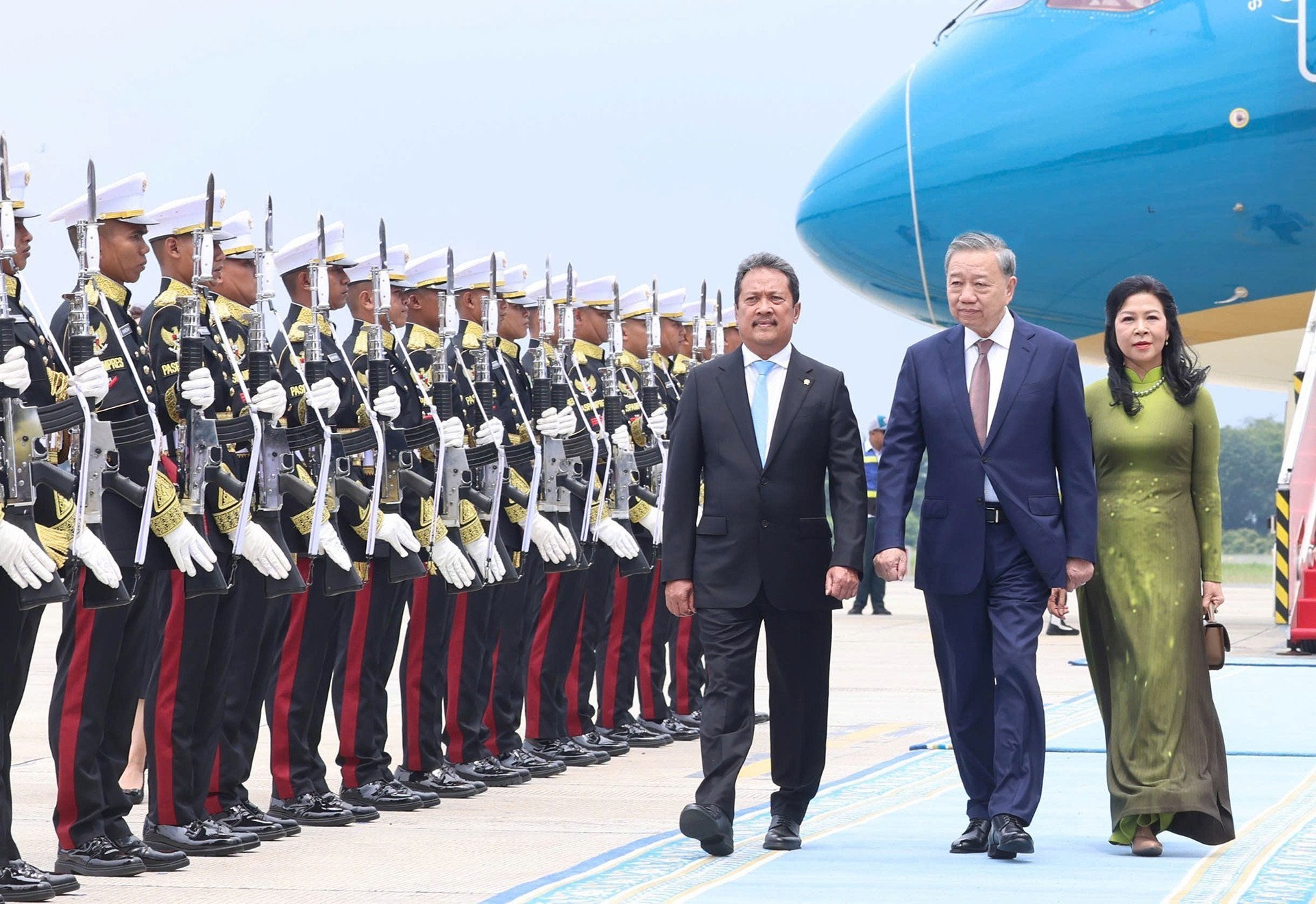


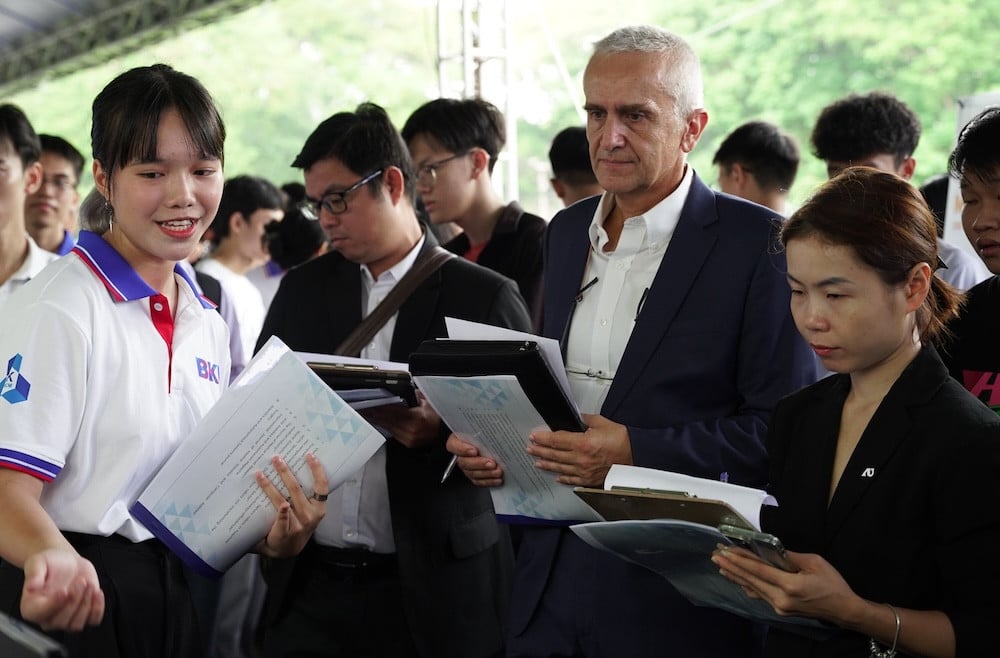


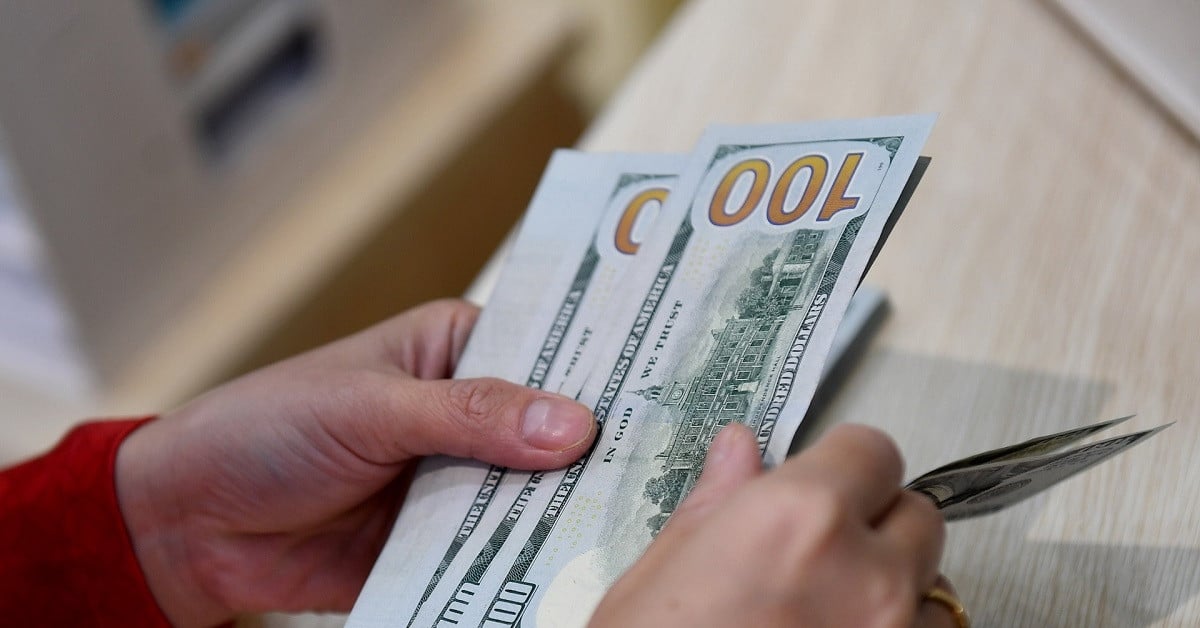


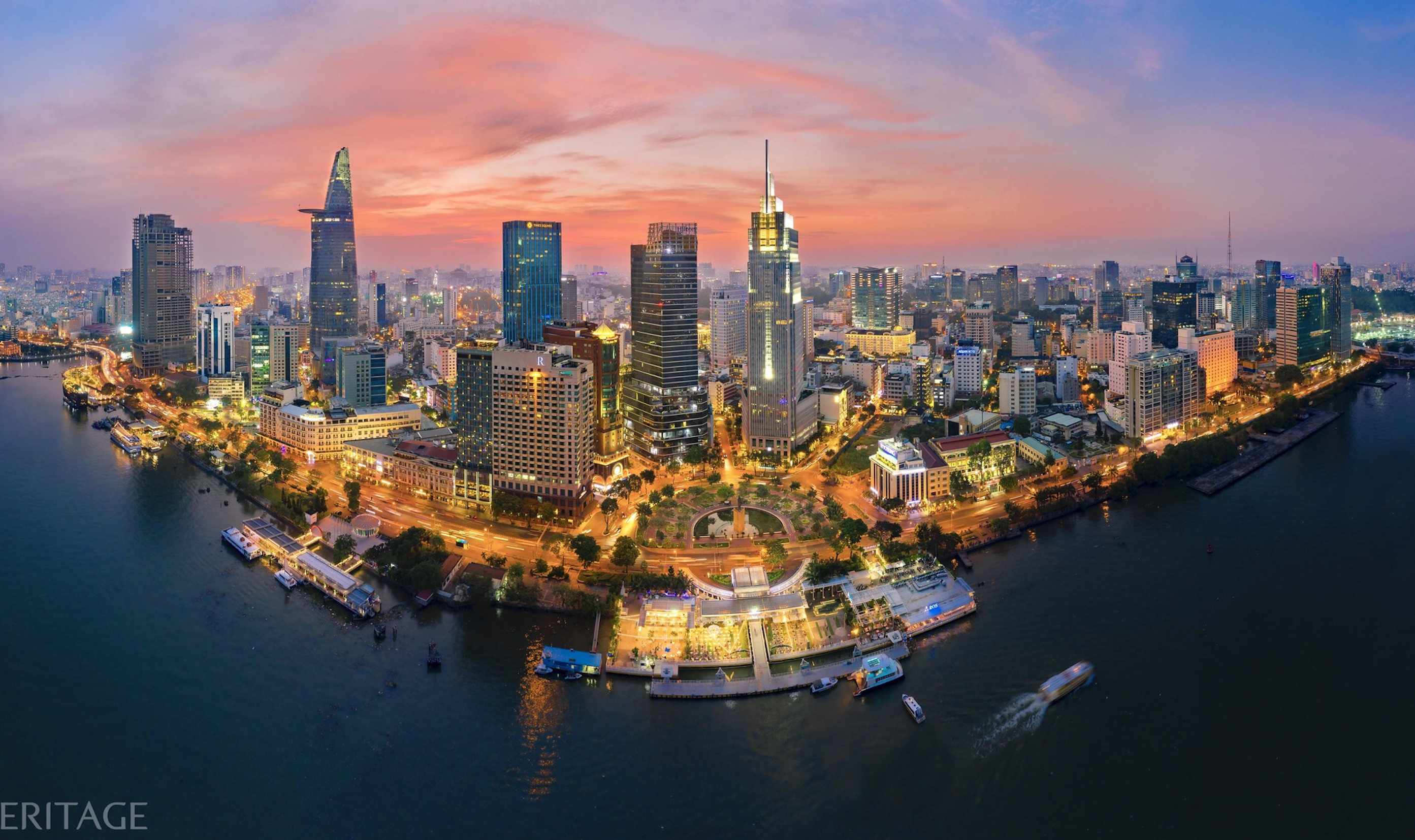




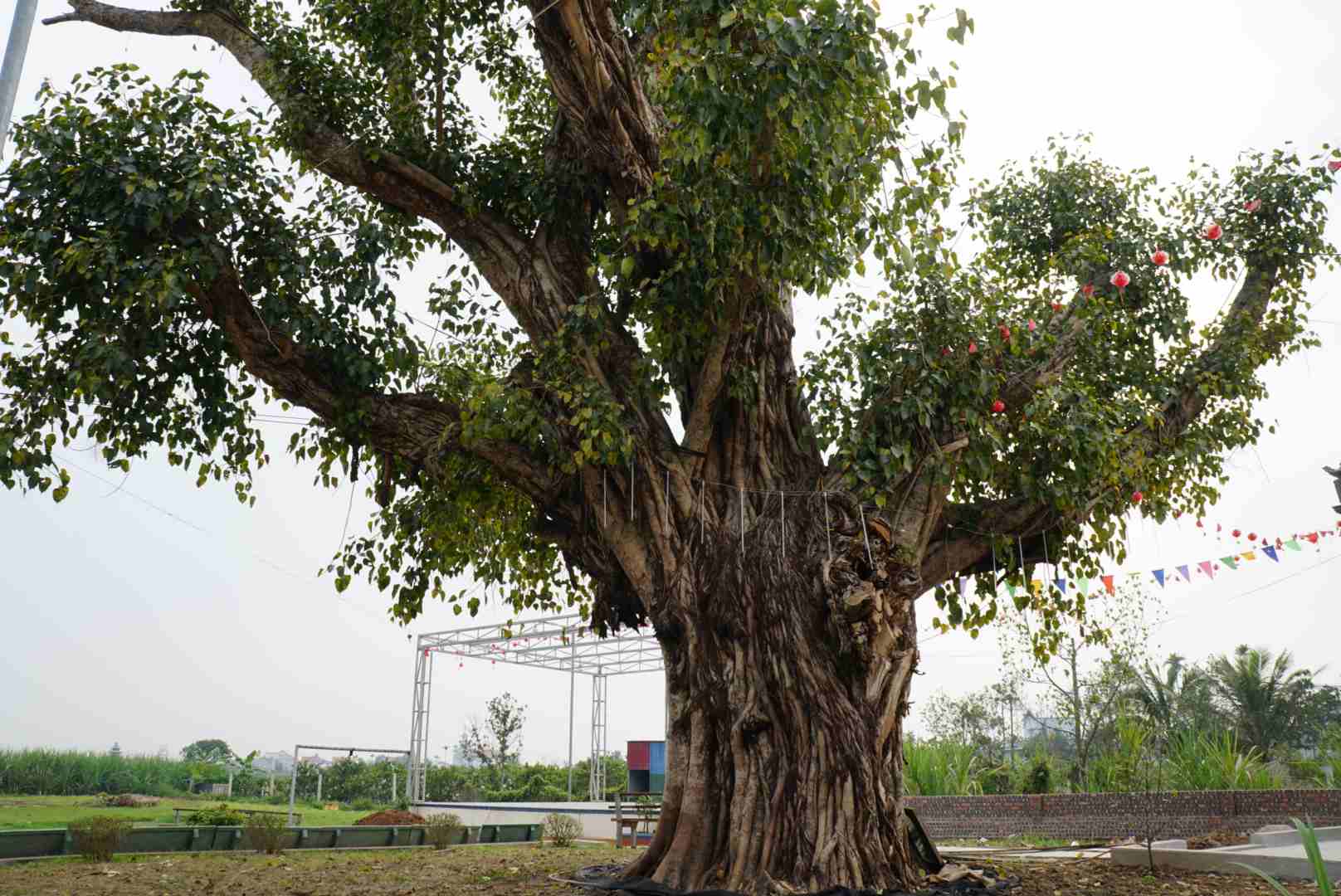










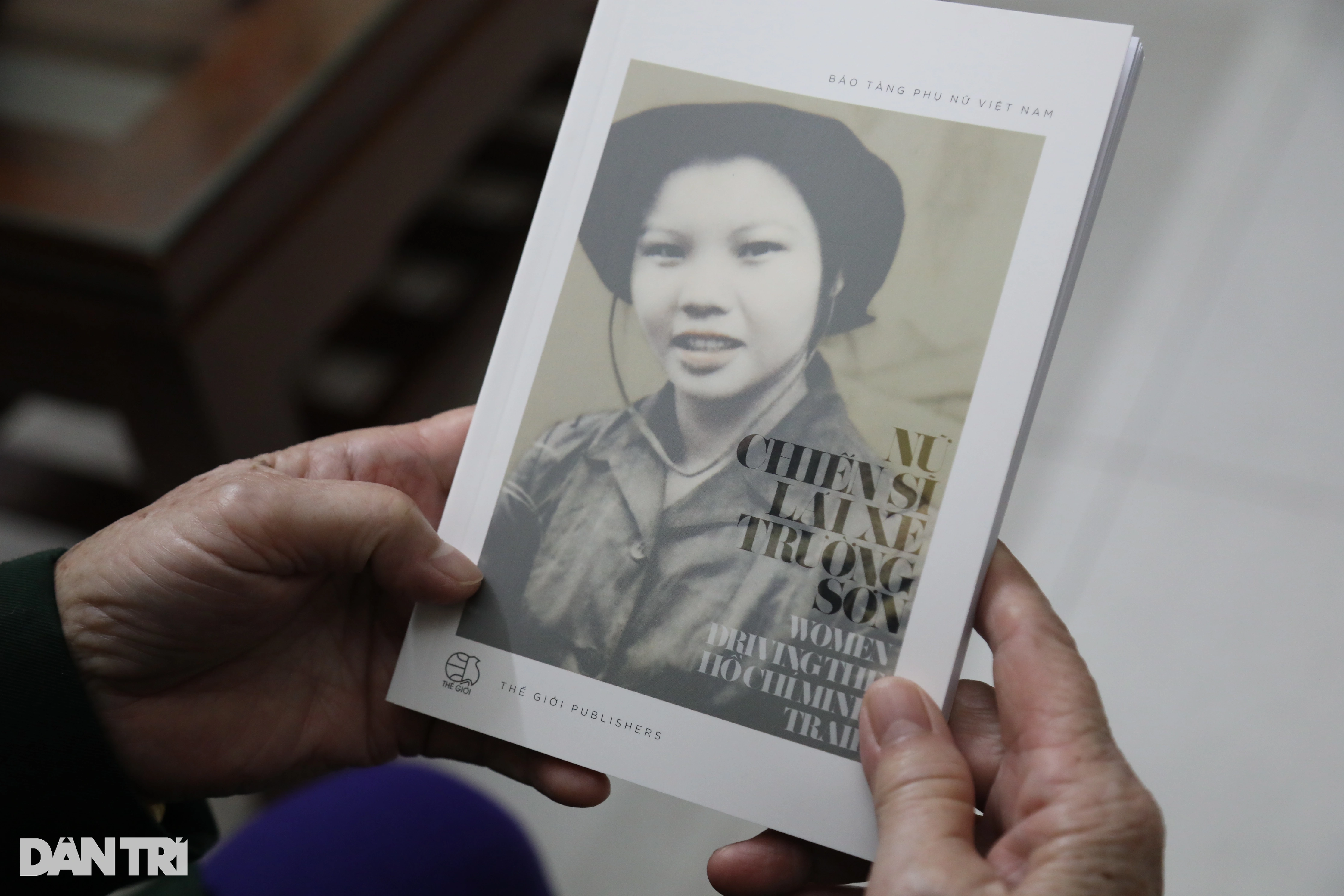
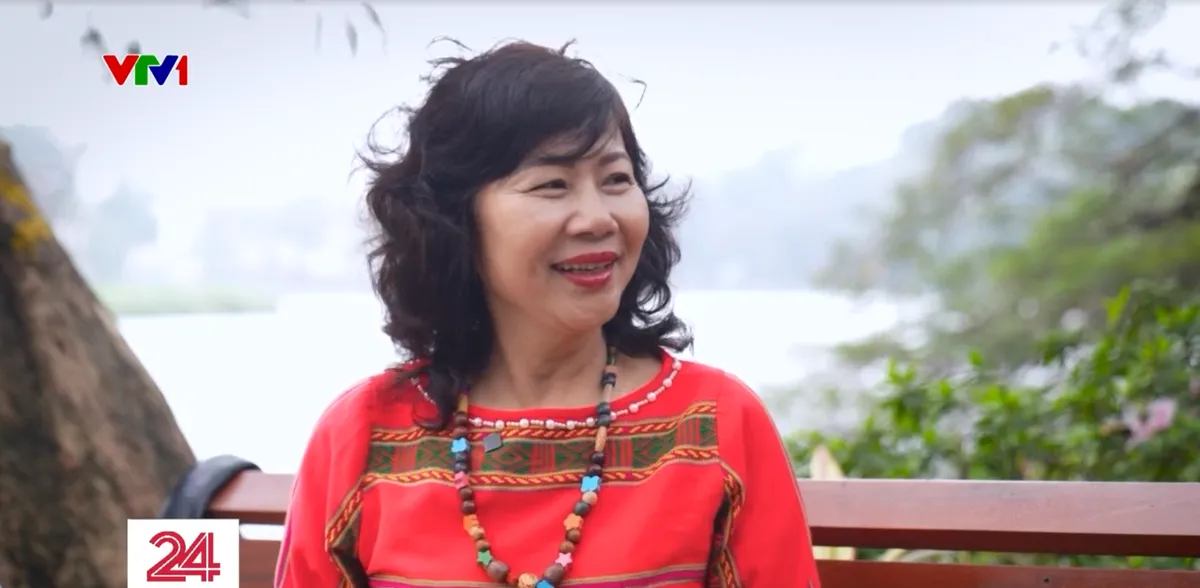









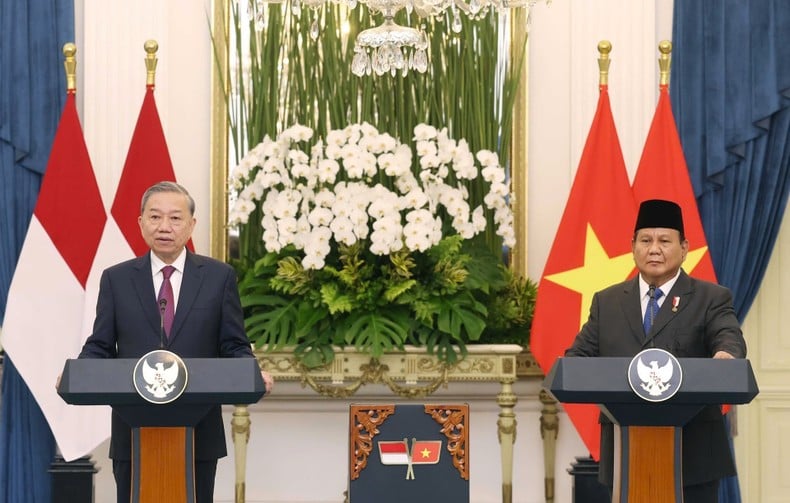

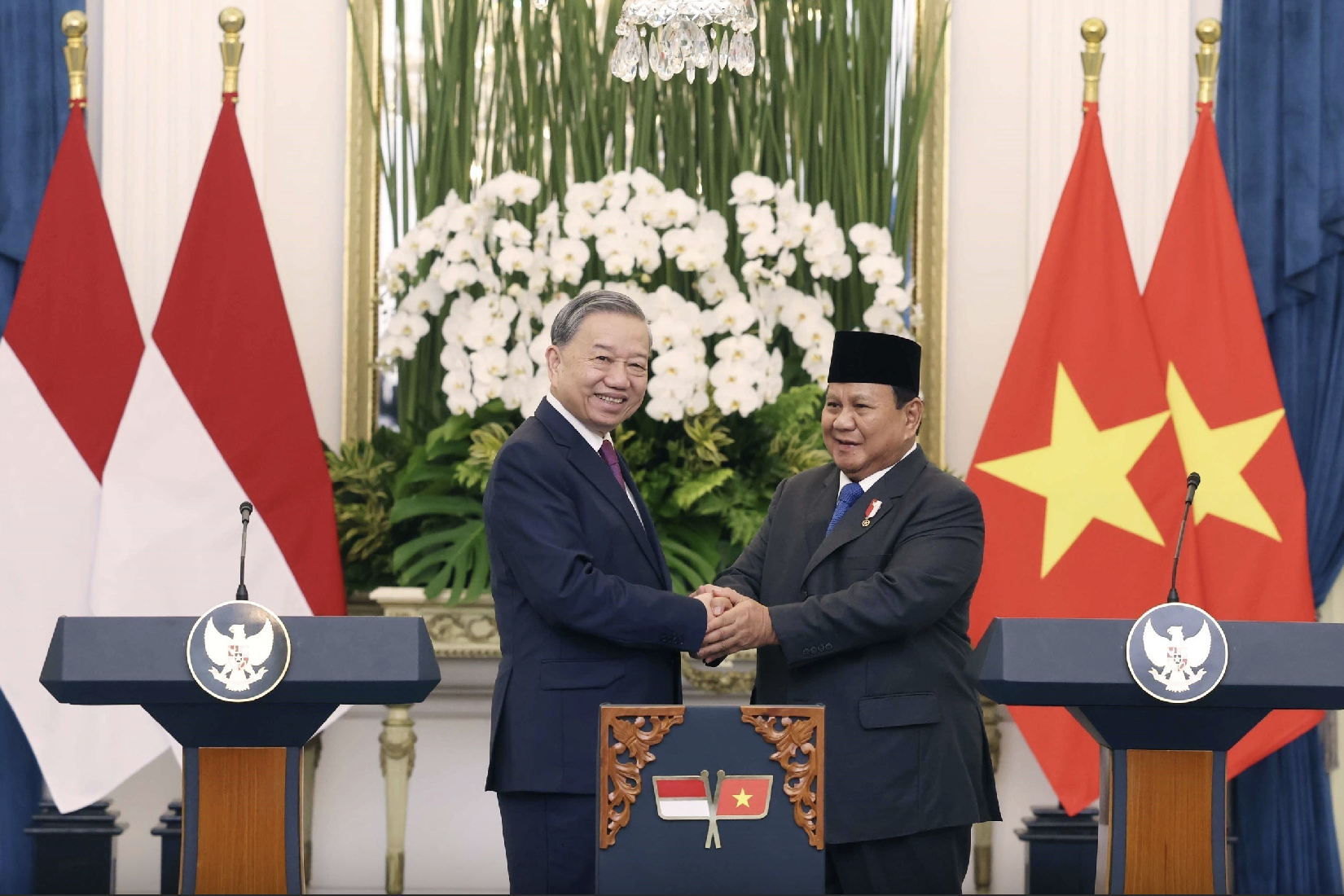
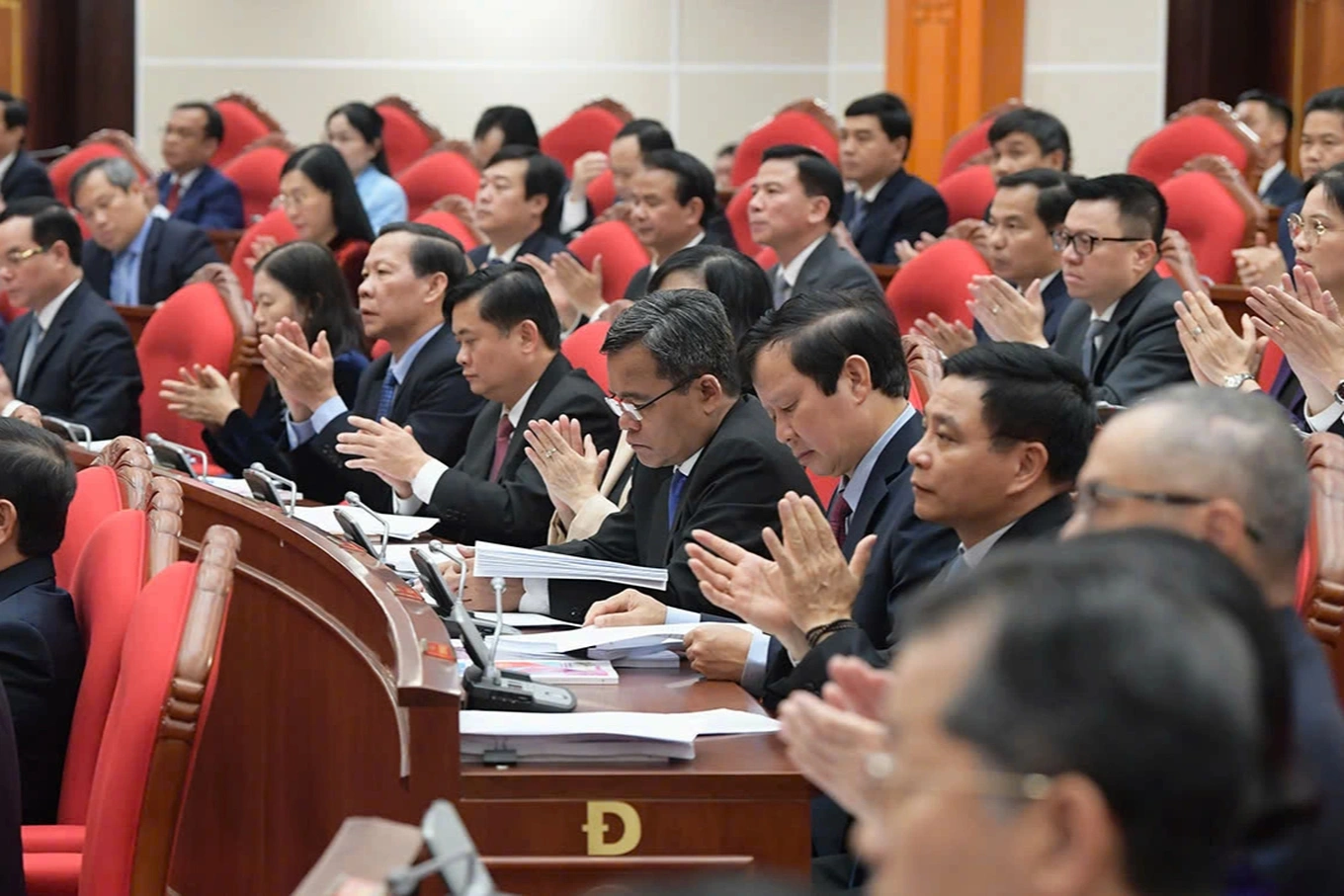

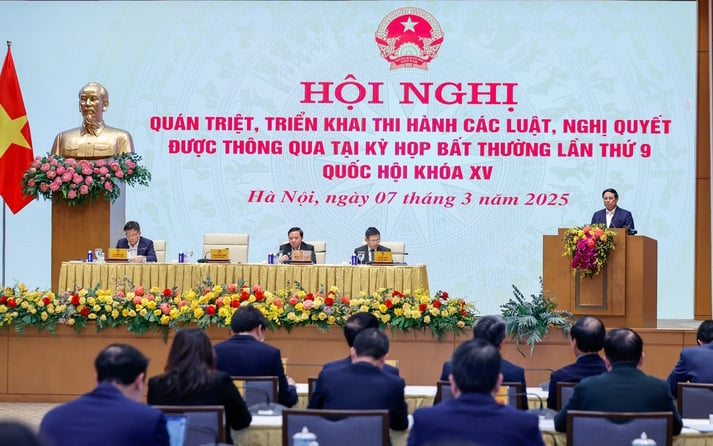


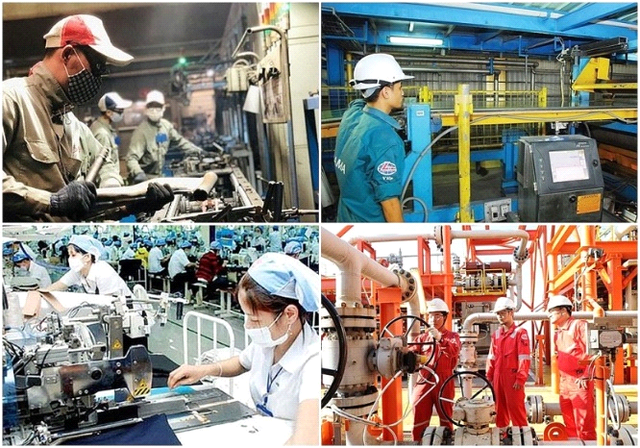




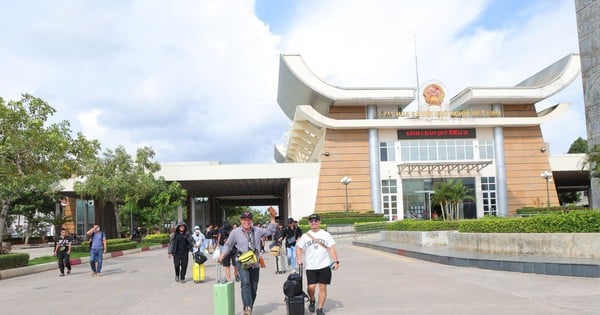









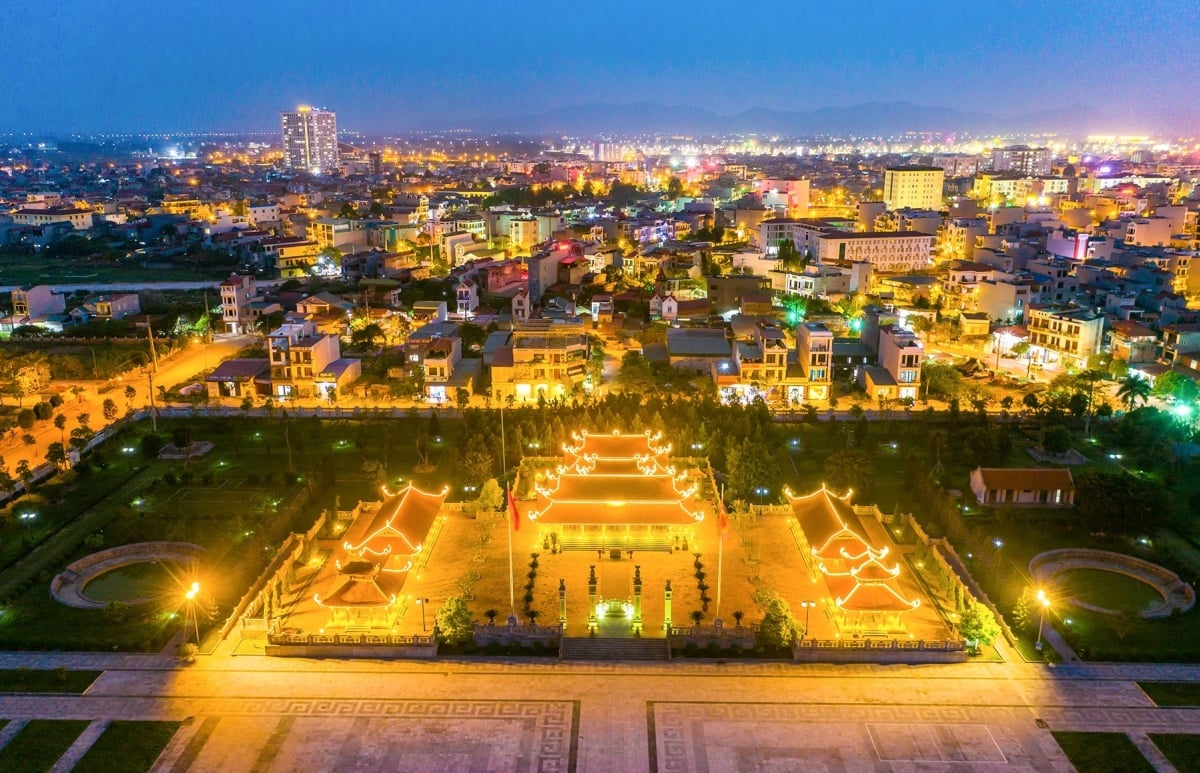


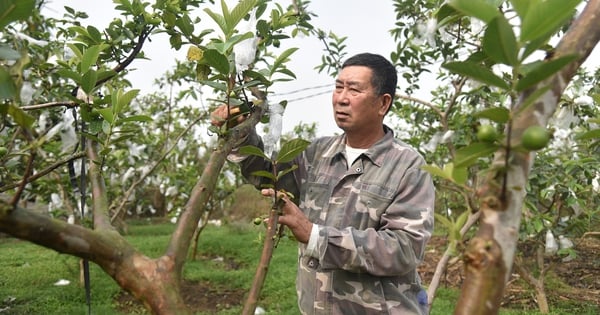



Comment (0)